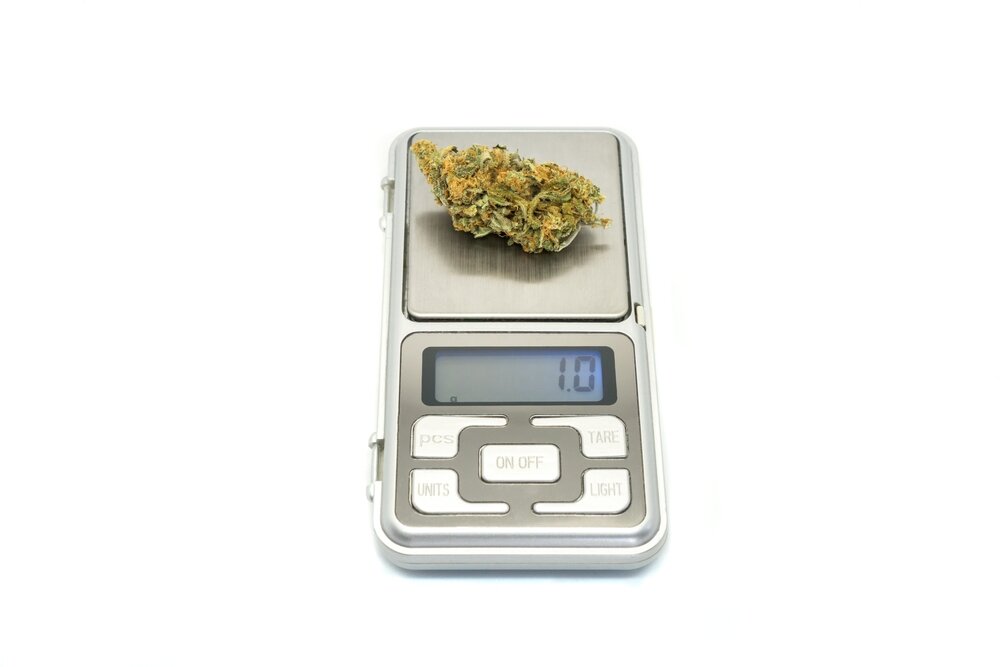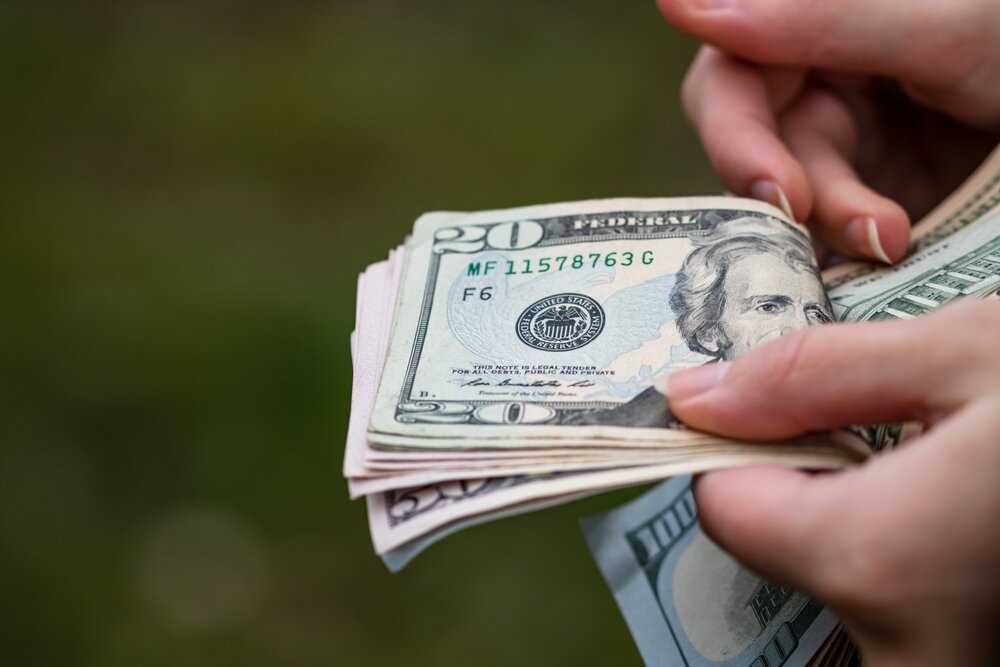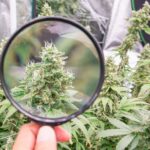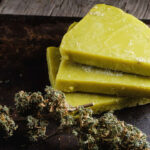The Best Fluffy Pancakes recipe you will fall in love with. Full of tips and tricks to help you make the best pancakes.

What is a Dub of Weed?
If you’ve ever found yourself at a dispensary or chatting with seasoned smokers and heard the term “dub” thrown around, you’re not alone in wondering, “What exactly is a dub of weed?” Understanding cannabis slang can feel like learning a second language, especially when the terms vary by region and evolve over time. As a cannabis breeder and grower, I’ve been around this plant and the community long enough to see slang change just like strain genetics. In this article, I’ll break down everything you need to know about what a dub of weed is, how much it weighs, how much it typically costs, and what to expect if you’re buying one. Whether you’re a curious beginner or brushing up on your street knowledge, you’re in the right place.
Understanding the Term “Dub” in Cannabis Culture
Origins of the slang “dub” and its evolution
The word “dub” in cannabis slang originates from the number 20. Back in the day, particularly in the 1990s and early 2000s, dealers commonly sold bags of weed in fixed dollar amounts rather than by weight. A “dub” was shorthand for a $20 bag of weed. It was a simple transaction: you handed over twenty bucks, and you got a “dub sack” in return. The term gained traction in urban communities and quickly spread through hip-hop culture, street corners, and eventually into mainstream cannabis vernacular.
What’s interesting is how flexible the term became. Even as weed legalization changed pricing models, “dub” stuck around. It no longer strictly means a $20 purchase in some areas—it can also loosely refer to a small amount of weed, usually around a gram or two, depending on the quality and who’s selling it.
How the term “dub” became popular in cannabis communities
Dub became popular because it was part of a coded language. Before legalization, cannabis transactions needed to be discreet. Saying “dub” instead of “twenty dollars of weed” was part of the culture’s effort to keep things lowkey. Also, the term was easy to remember, sounded cool, and became normalized in stoner circles and hip-hop lyrics.
You’ll still hear the term today—especially in places where informal sales are still common or among older tokers who haven’t fully switched to the metric-system language of grams and eighths. It’s part of cannabis history and remains embedded in the culture, just like “dime bag” or “zip.”
How Much Weed Is in a Dub?
Typical weight and what it looks like
A dub usually gets you about 1 to 2 grams of weed. The exact amount depends heavily on quality, supplier, and local pricing norms. In general, if you’re buying mid-grade or lower-tier flower, you’re looking at closer to 2 grams. But if you’re buying some high-end, top-shelf fire—dense nugs, rich trichome coverage, and pungent aroma—you might only get around 1 gram for $20.
To put it visually, a dub of fluffy outdoor weed might look like a small handful. In contrast, 1 gram of sticky, compact indoor weed could look like a single chunky nug the size of a nickel. I always tell beginners: don’t just eyeball it—get yourself a scale if you really want to know.
Variations based on location and dealer practices
The amount you get for a dub can swing wildly based on where you are. In some places like California or Oregon, where weed is widely available and competition drives prices down, a $20 dub might buy you more than 2 grams. In contrast, in places where cannabis is still illegal or harder to find, $20 might only get you a gram—or less.
Dealer practices also matter. Some sellers are generous with their weights; others are more strict or even short. That’s why knowing your source matters. In dispensaries, you’re more likely to get exactly 1 gram if you’re paying $20, especially for high-end flower. But on the street, a dub could mean anything from 0.8g to 2g.
Does a dub always mean a gram amount or a dollar value?
Originally, a dub strictly referred to a dollar value—twenty dollars, to be exact. Over time, however, some people started using “dub” to refer to an amount, assuming it always meant 2 grams. But this isn’t universal. You might say, “Let me get a dub,” and your plug gives you 1.5 grams instead of two. It’s important to remember: a dub is about value, not weight, though there’s an expected weight range based on market prices.
This also highlights how slang evolves. In regulated markets, we’re shifting toward more precise language—grams, eighths, quarters. But dub still lives on, especially in casual circles or among those who’ve been in the game for a while.

How Much Does a Dub Cost Today?
Price ranges across U.S. states and globally
The cost of a dub isn’t static. It moves with local supply and demand. In legal U.S. states like Colorado, Washington, or California, you might get a gram of high-quality flower for $10–$15, making a dub worth roughly 2 grams. In those markets, $20 often gets you more than it would in places like Texas or Georgia, where prohibition inflates street prices.
Globally, things get even more unpredictable. In countries with strict cannabis laws, $20 might buy you a few crumbs of shake. In places like Canada or Spain where laws are relaxed, you may find more value for your money. Always check local market prices—what you get for a dub in one place might shock you in another.
Factors that affect the price of a dub (quality, strain, source)
Several things affect the price of a dub:
- Strain type: Exotic strains or those in high demand will cost more per gram, meaning your dub buys less.
- Cultivation method: Indoor-grown, organically cultivated weed costs more than outdoor or greenhouse-grown.
- Source: Buying from a dispensary often means higher quality control but less product per dollar. Street deals can vary widely.
- Potency: THC content matters. A dub of 30% THC flower may be more expensive than something at 15%.
As a grower, I price my product based on all of these factors. If I’ve got some limited-batch, terp-heavy, resinous flower? That dub might cost you more and weigh less—but you’re getting top-shelf smoke.

What Can You Expect from a Dub Purchase?
Common strains sold in dub bags
In my experience, dub sacks usually feature accessible strains—those that are easy to grow in bulk and have broad appeal. Think:
- OG Kush – classic west coast strain with solid potency
- Blue Dream – forgiving to grow, crowd-pleaser
- Green Crack – energetic and fruity
- Gelato – newer staple with dessert-like terp profile
You’re unlikely to find rare or boutique genetics in a standard dub, unless the grower is sitting on surplus or trying to introduce people to new cuts. But don’t sleep on what’s in that bag—some of the best highs I’ve ever had came from a humble dub.
Effects and potency of a typical dub
A dub, even a small one, can pack a serious punch depending on the strain. If it’s a potent hybrid like Wedding Cake or MAC-1, a single gram might last you several sessions. Potency varies, but most dub sacks fall in the 15%–25% THC range. Terpene content also plays a big role in how it hits you.
If you’re new, pace yourself. Start with a small bowl or joint and see how your body reacts. Smoking a whole dub in one sitting—especially solo—might knock you out or lead to a full-on couchlock session.
Packaging, quality, and consumer expectations
On the street, dub sacks are usually handed over in small plastic baggies or ziplocks. Sometimes they’re vacuum-sealed if someone’s trying to be discreet. Dispensaries, on the other hand, package grams in child-proof containers with strain details, potency labels, and lab test results.
Here’s what you should expect when buying a dub:
- Aromatic buds – it should smell loud, not musty or grassy
- Visible trichomes – the more sparkle, the better
- Sticky texture – dry weed burns too fast and tastes harsh
- No seeds or stems – a proper dub is all flower, no filler
If your weed doesn’t check these boxes, it might be time to find a new source.

Related Cannabis Slang You Should Know
What’s the difference between a dub, a dime, an eighth, and a zip?
Here’s a quick breakdown for you:
- Dime bag = $10 worth of weed (usually around 0.5g–1g)
- Dub = $20 worth (1–2g depending on quality)
- Eighth = 3.5 grams (1/8 of an ounce)
- Zip = 28 grams (a full ounce)
Each of these terms is rooted in either dollar value or weight. Some are still used in dispensaries; others are more common in street transactions. When I sell flower, I prefer using weights, not dollars—that way you know exactly what you’re getting.
Slang terms by region: how language shifts across states and countries
In California, people say “dub” and “zip” a lot. On the East Coast, you might hear “slice” instead of eighth. Down south, “loud” means high-quality weed, while in the UK, you’ll hear “draw” or “score.” Slang changes with geography, culture, and law enforcement pressure.
When I travel, I always listen before I speak. It’s a smart way to blend in and avoid misunderstandings—especially when buying from local growers or clubs abroad.
Common misunderstandings when buying weed using slang
Slang is flexible, and that’s where the confusion starts. Someone might think a dub is always 2 grams—but it’s not. Another person might confuse a “zip” with a half ounce. Miscommunication can lead to shorted bags, overpaying, or worse—looking like a rookie.
My advice? If you’re not sure, ask directly: “How much am I getting for this dub?” There’s no shame in clarifying, and a good seller will respect that.
Conclusion
A dub of weed is more than just a $20 bag—it’s a cultural artifact that still holds meaning in today’s cannabis world. Whether you’re buying your first dub or reminiscing about old-school sack deals, understanding what it means, how much you’re getting, and what to expect will help you navigate the scene with confidence. As a grower and cannabis educator, I always say: know your weed, know your terms, and know your source. You’ll enjoy the experience more and smoke smarter because of it.




